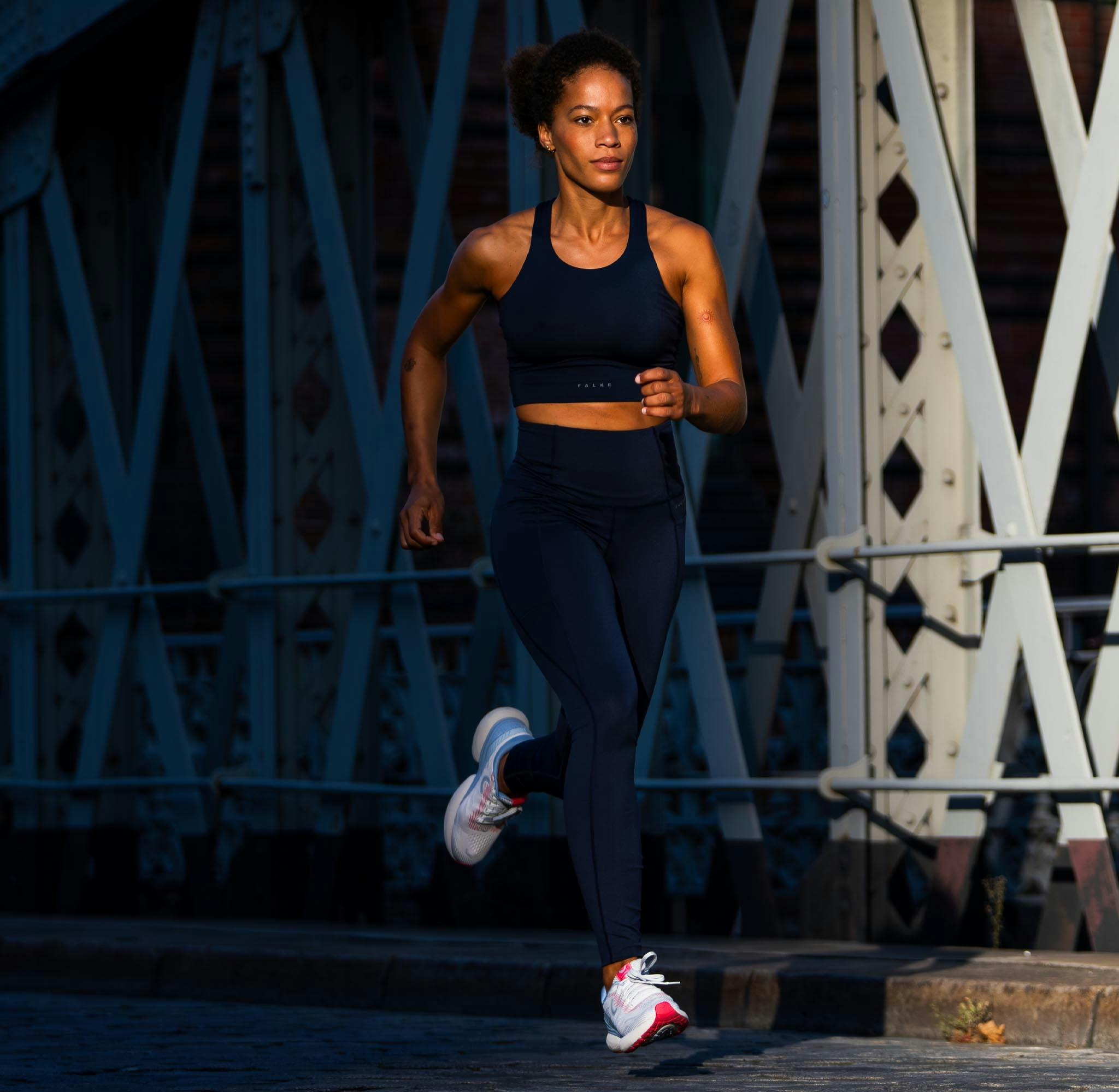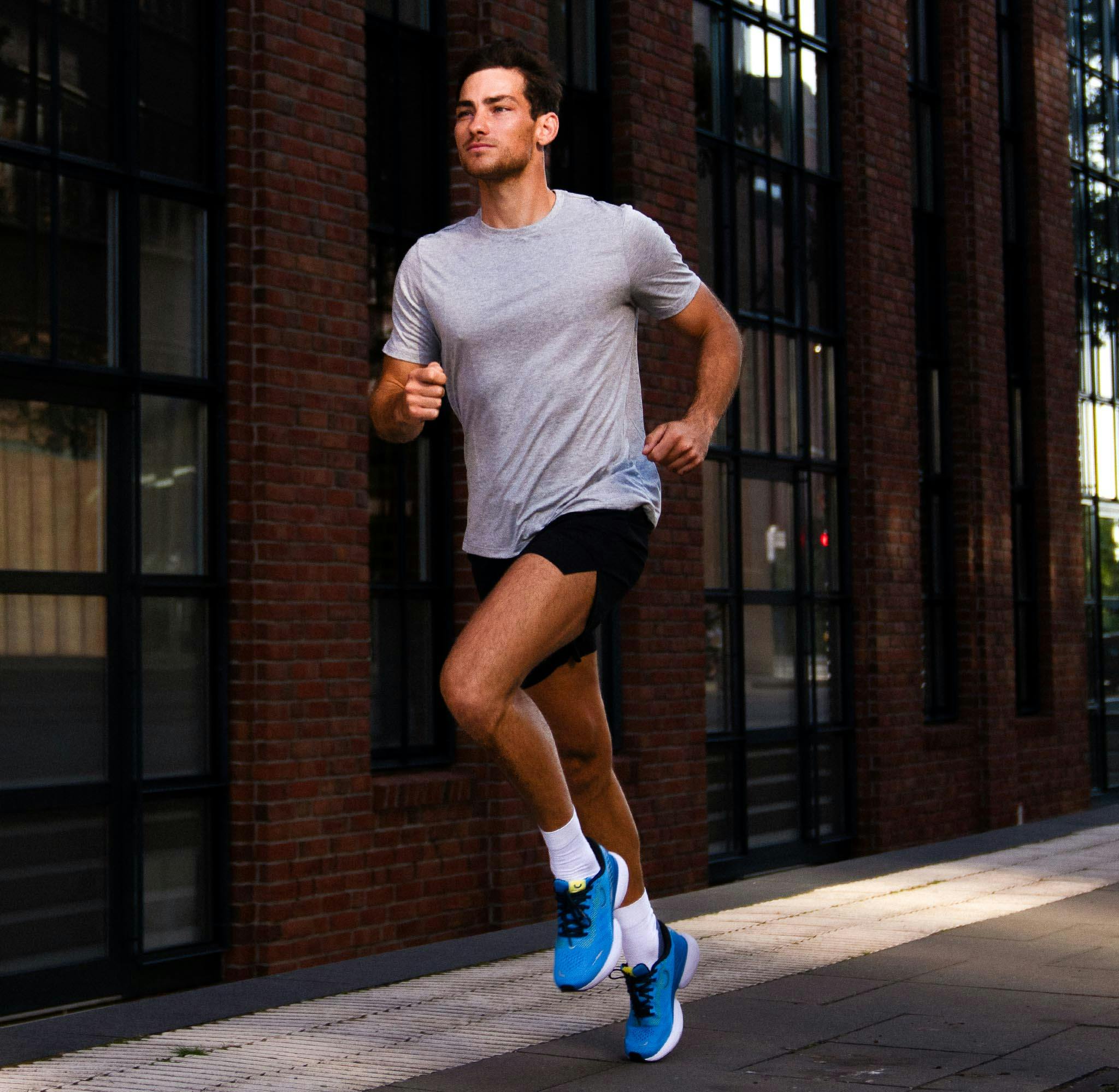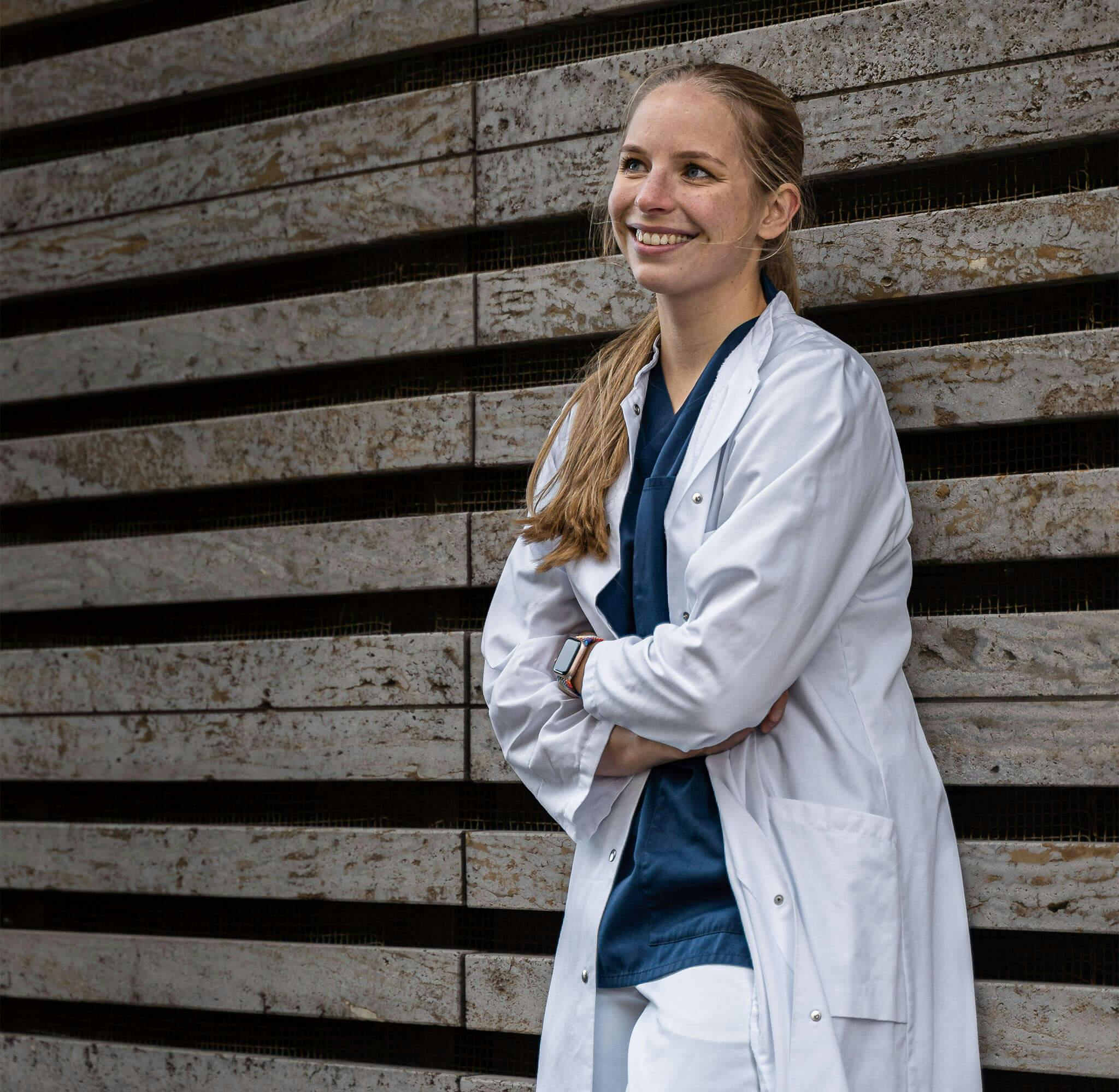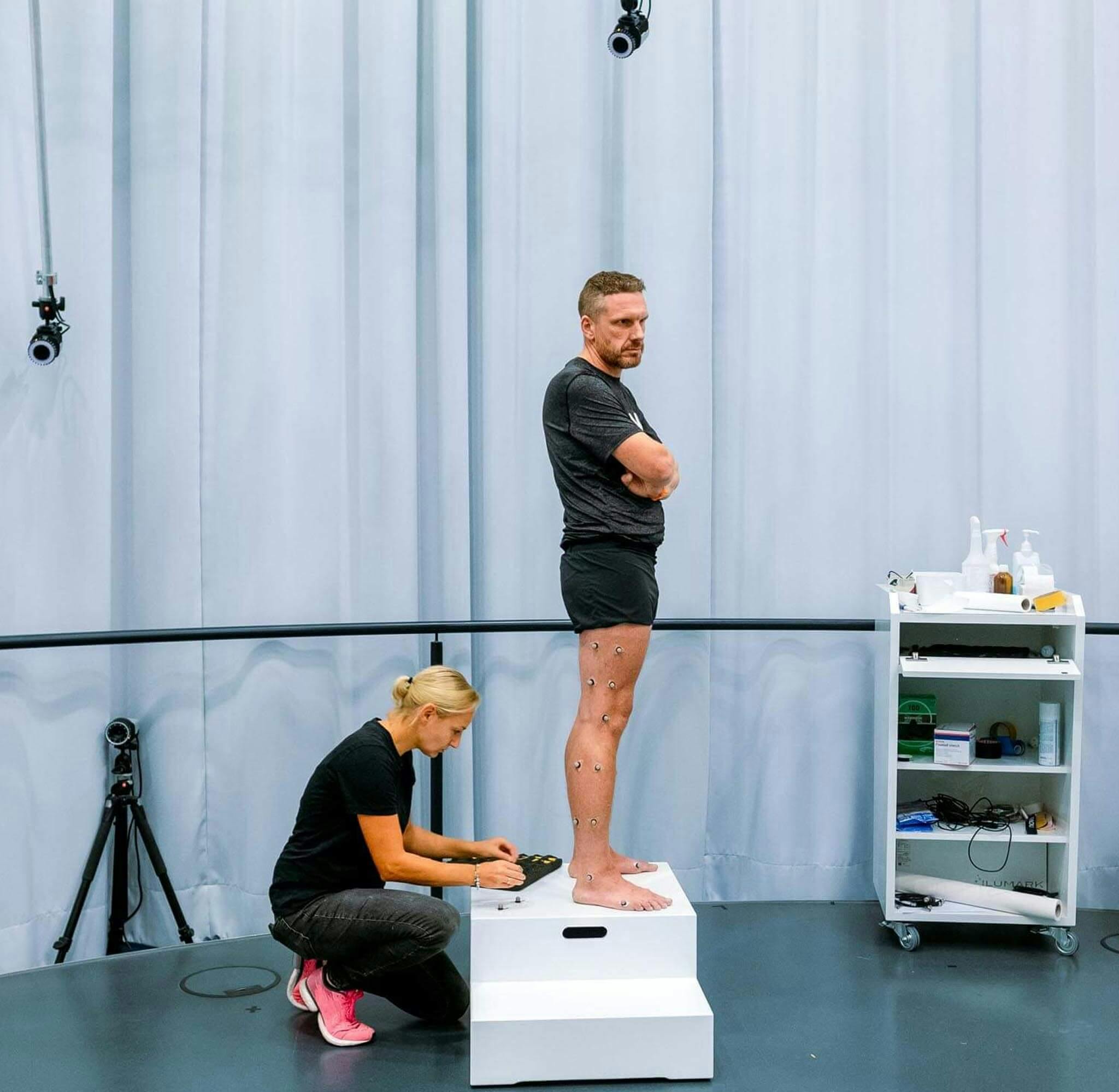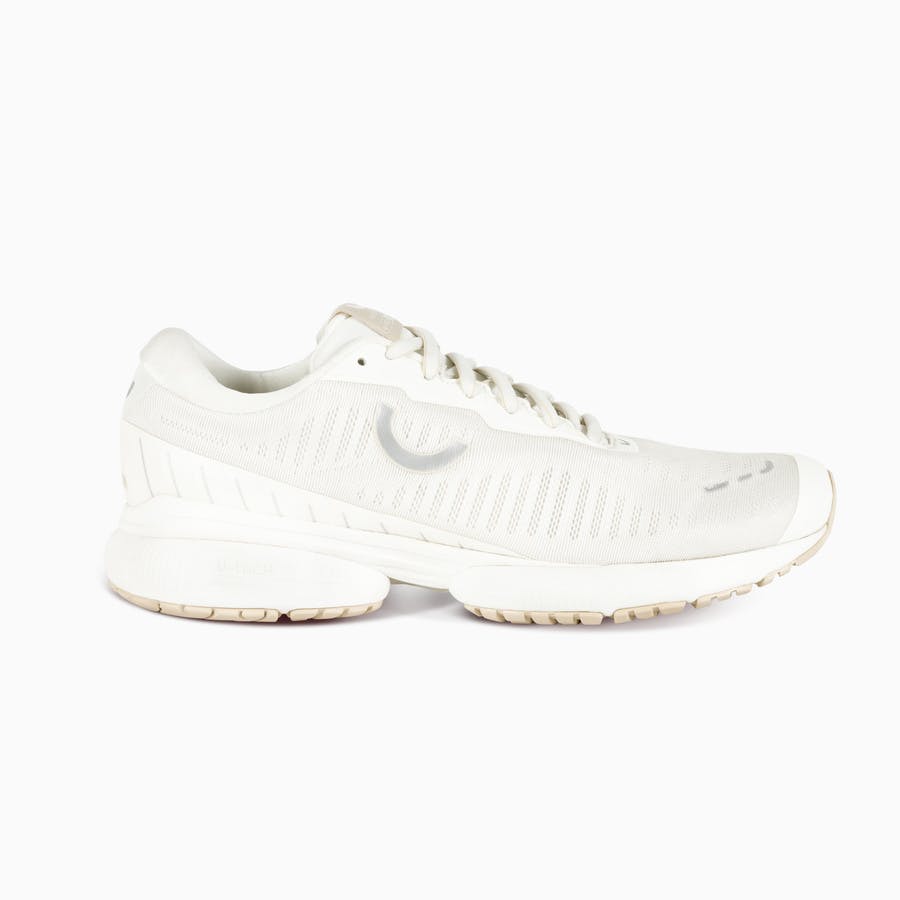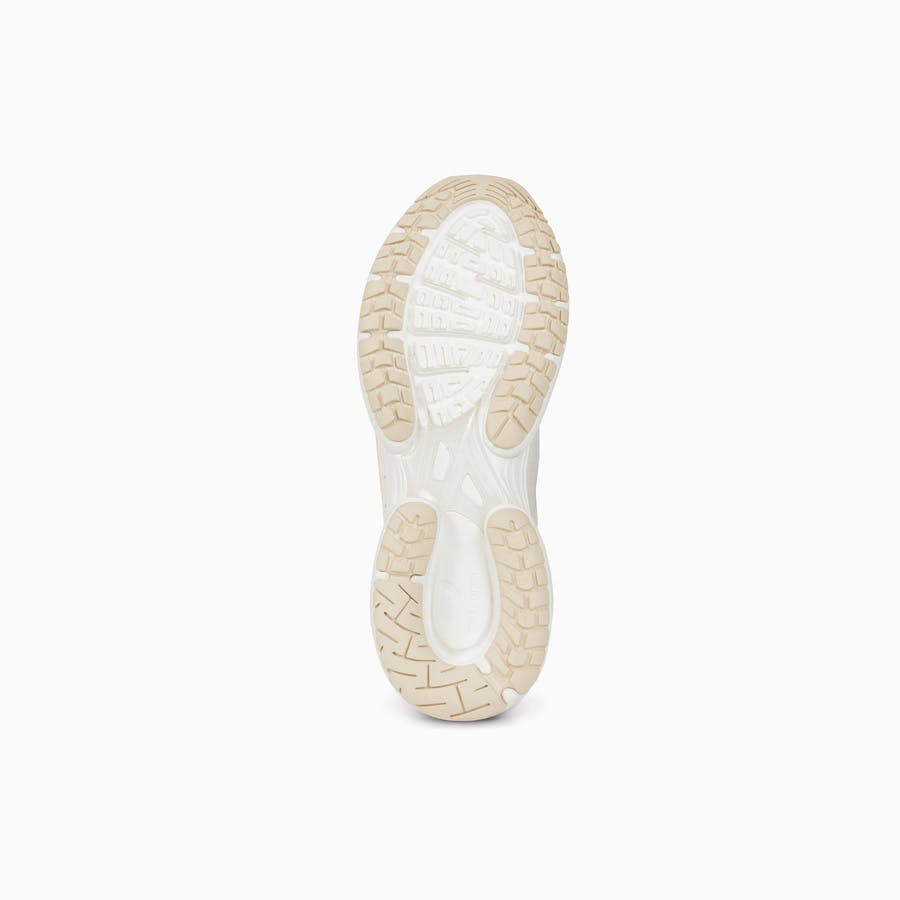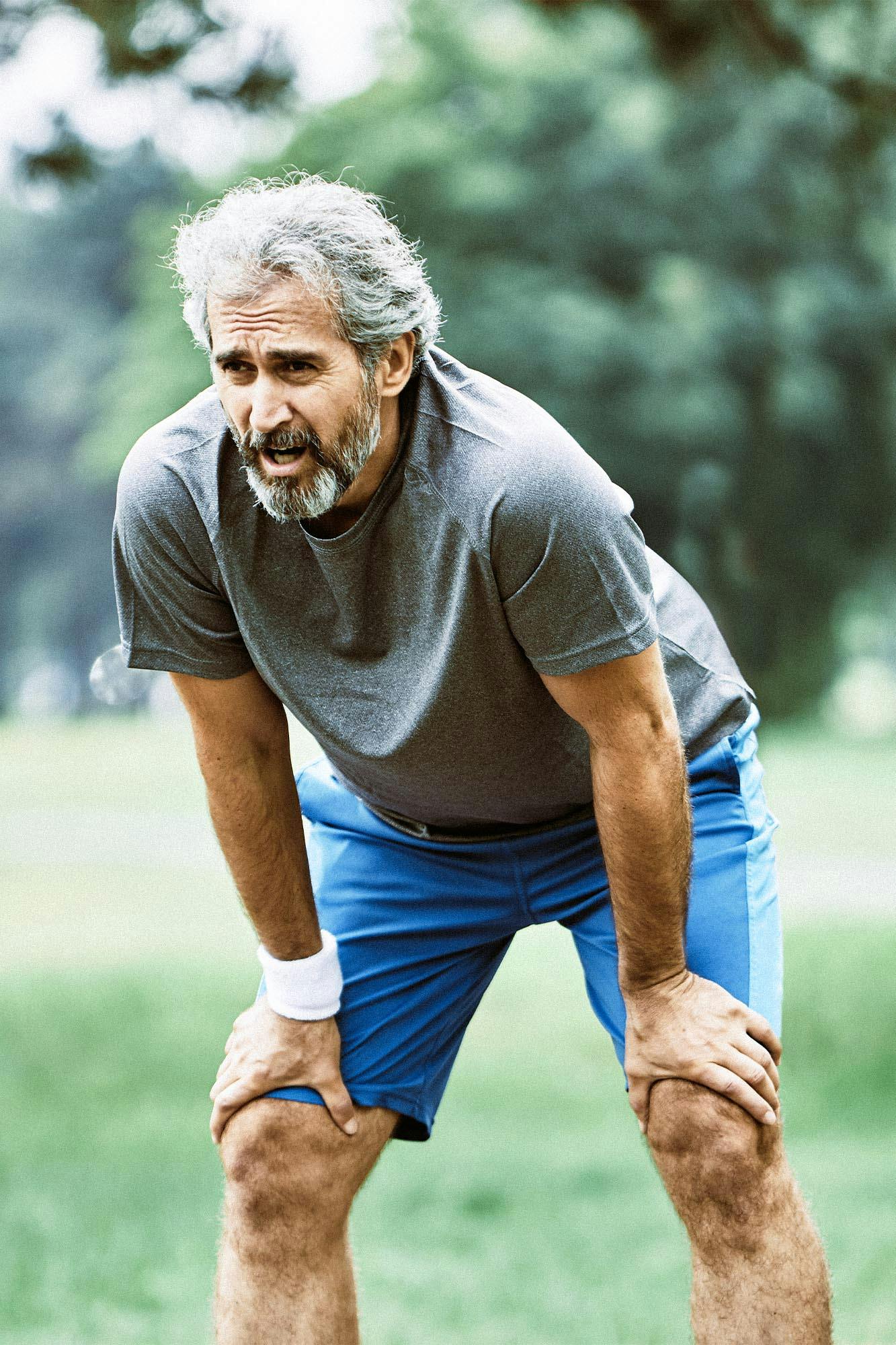
Photo: Shutterstock.com
IT‘S ALL A QUESTION OF (TOO MUCH) STRESS:
WHY WE GET INJURED WHILE RUNNING
Our running shoes are lying around unused, our running shirt is hanging in the closet. Actually, we would be outside right now, running a lap in the park. But not today, and unfortunately not all of last week. An injury stopped us. Our left knee is causing problems. But why is that? Why do we get injured when we run? And what should we pay attention to when running in order to stay healthy? A look at how the human body works solves the mystery.
Running too often, too fast, or in the wrong shoes: at first glance, the reasons why runners get injured seem to be many and varied. But only at first glance. Because that is not quite true. All running injuries are based on one and the same principle. Gert-Peter Brüggemann, professor of biomechanics and co-founder of True Motion, explains: “Basically, there is only one cause for running injuries: our tissue is stressed beyond its current stress limit.”
Whether it’s muscles, tendons, ligaments, bones, or cartilage, all of our tissues respond to excessive stress in the same way. “Initially, micro-injuries occur, which can then cumulatively expand into larger injuries,” says Brüggemann. If the load is too high for our tissue’s current state of training, it will give way sooner or later. This results in injuries.
This is true for running. But also for any other type of physical stress.
INCORRECT LOADS IN DIFFERENT FORMS
Overloads are therefore the fundamental cause of running injuries. However, the tolerance limits differ from runner to runner. And not only that. The individual types of tissue of a runner also differ in their load capacity.
When we go for a run, we put a lot of stress on the different structures of our body with every step we take. If we do not do this in the usual way, we expose our body to new stresses. If these are too great, injuries are imminent. There can be different reasons for tissue overstrain, such as:
Low training condition: the lower the training condition of a tissue, the easier it is to exceed the individual tolerance limit. Untrained tissue is therefore more susceptible to injury than tissue that has already been trained to a certain degree.
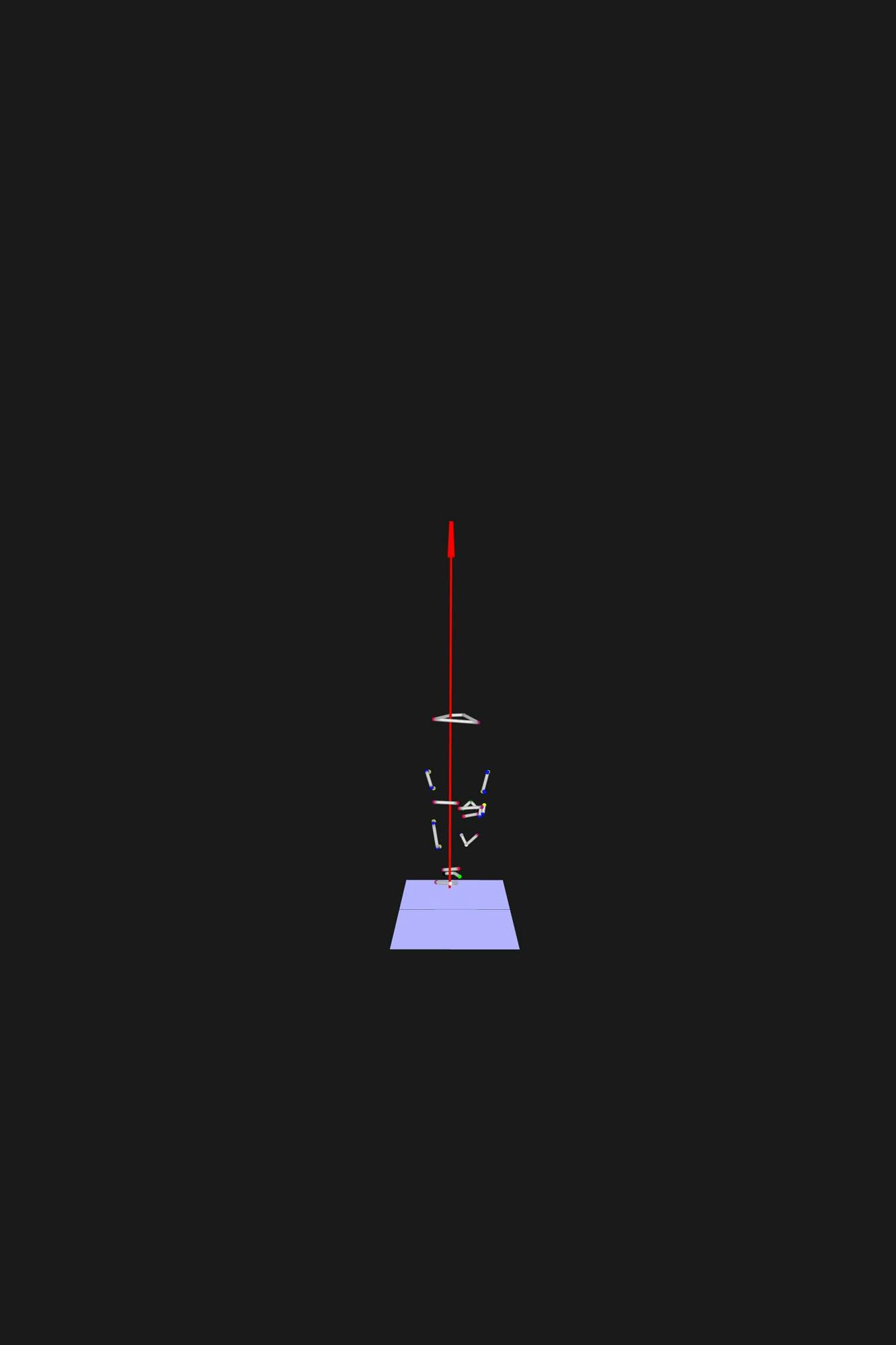
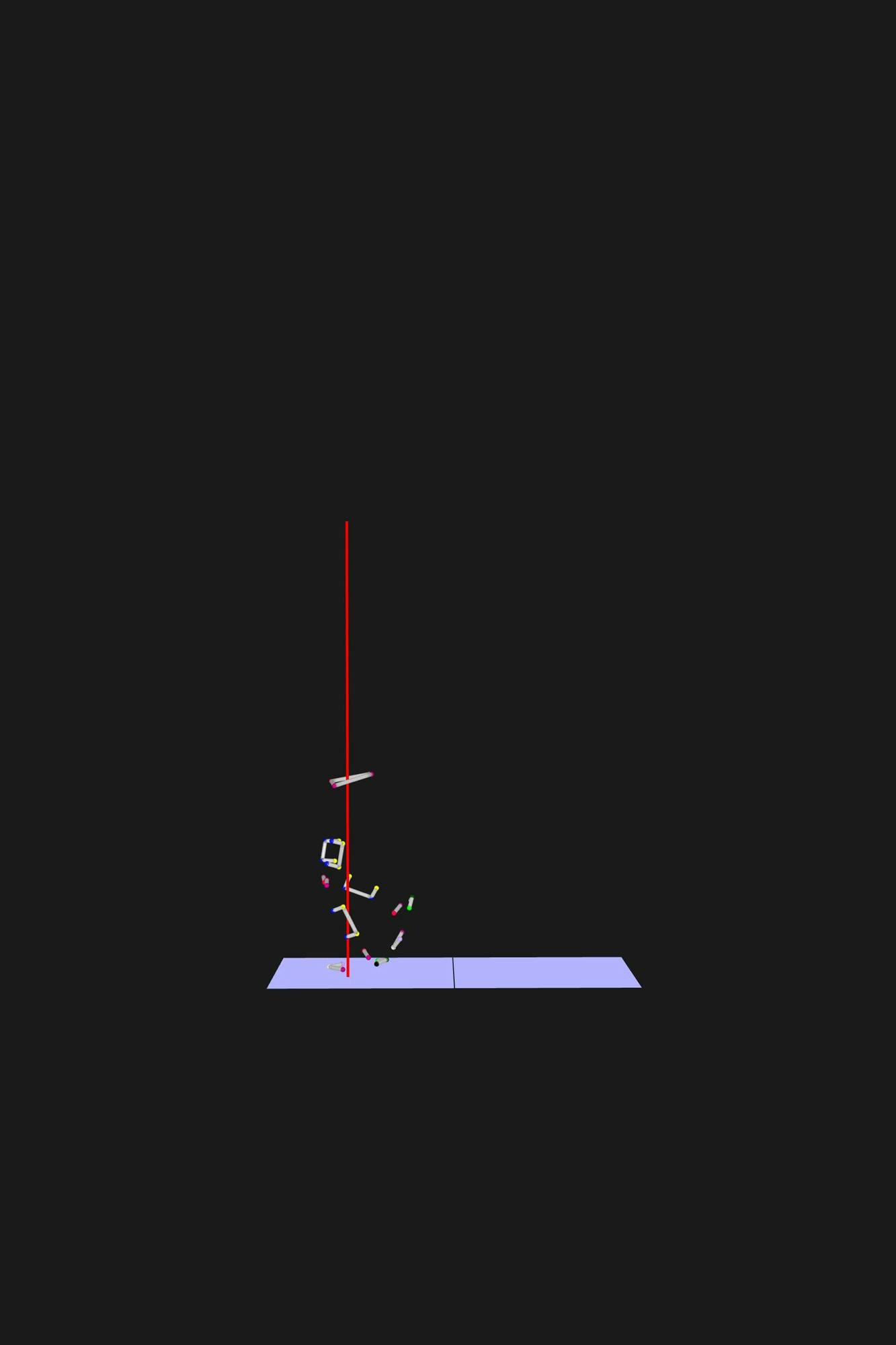
Motion capture technology and force plates are used to visualize force vectors in laboratories. Photo: True Motion Research Lab.
Change in the physical framework: If we suddenly run on a surface we have never run on before, the loads on our structures change. The risk of stressing individual tissues above the individual tolerance limit increases.
Wrong shoes: If we run in the wrong shoes, the load on our tissues also changes. Another possible reason for overuse and resulting running injuries.
It is important to note that such loads above the current load limit are only harmful to the tissue if they are too significantly above the current performance level.
ADAPTATION AS A BASIC PRINCIPLE OF TRAINING SCIENCE
If, on the other hand, I slowly increase the load above the current performance threshold, my tissues actually get stronger and can withstand more – instead of getting injured. “Our tissues adapt over time,” explains Brüggemann. The reason is the natural mechanism of adaptation.
In training theory, adaptation means something like adjustment. The adaptation to an acting stimulus. The result is a higher load level. However, this requires time and continuity. Small steps of load increase lead to success, big leaps on the other hand increase the risk of injuries.
But not only the content of our training can be the cause of overloading our tissues, the choice of material is also decisive when it comes to staying healthy. Definitely most important for us runners: our running shoes, our running tools, so to speak.
BIOMECHANICAL RUNNING SHOES CAN HELP
“As soon as we start moving, forces act on our bodies – especially on our knees,” says biomechanist Brüggemann. These forces are created as we run, with every step, and radiate from our sole upward into our body. We can’t change the fact that forces are generated. But in order to channel these forces naturally through our body and thus make them as harmless as possible for our joints, the choice of the right footwear is crucial.
To do this, running shoes need to allow for smooth movements – just like biomechanical running shoes with U-TECH™ technology do. A rounded outsole at the heel enables a harmonious, individual transition and thus a natural running movement. “Biomechanical running shoes enable us to reduce the stress on our tissues,” Brüggemann emphasizes.
The video shows the measurement of the force vector and the load on individual structures.
Optimally, running shoes are also so comfortable that runners hardly notice them during their run (Chapter 3, Part 1: Upper, Midsole Foam, Fit: What Makes Our Running Shoes Truly Comfortable). After all, running shoes should never feel like a foreign object that you have to run against.
The results of a recent study by the running magazine “LÄUFT”, the German Sport University Cologne and the True Motion Research Laboratory show how important it is to choose suitable running shoes in order to reduce one’s own injury rate. The result: running shoes actually and most strongly influence the risk of injury – and differ from each other when comparing the midsole technologies neutral, support, rocker, and U-TECH™. All results of the entire study will be published in Chapter 5 of our Run Better Project.
Before that, in Chapter 4, Part 2, you’ll learn what a running injury really means to us as runners and what we can do when we’re injured to be able to lace up our running shoes again as soon as possible.
CHAPTER 4 (PART 2) ________
WHAT TO DO WHEN WE ARE INJURED?
learn what a running injury really means to us as runners and what we can do when we’re injured to be able to lace up our running shoes again as soon as possible.
→ READ PART 2 (JUNE 28TH)
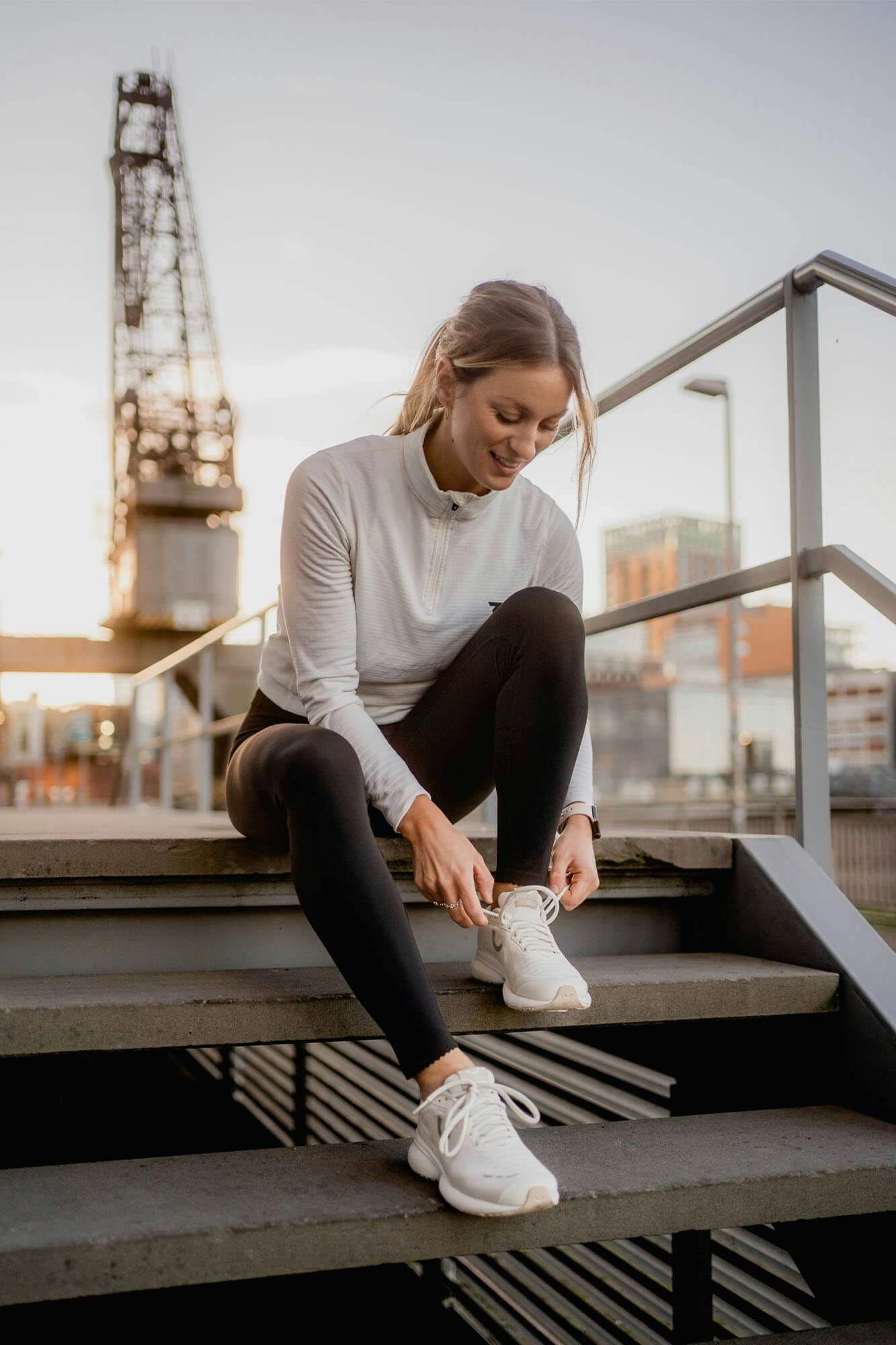

RESEARCH AND DEVELOPMENT:
SCIENTIFICALLY VALIDATED TECHNOLOGIES
Almost 100 % of our technology is derived from scientific findings and biomechanical research. Prof. Dr. Gert-Peter Brüggemann, head of the Institute for Biomechanics and Orthopedics at the German Sports University Cologne for decades, is largely responsible for this. Over the past 25 years, he has been part of numerous innovative running shoe developments – and thus a sought-after expert among the giants of the industry.
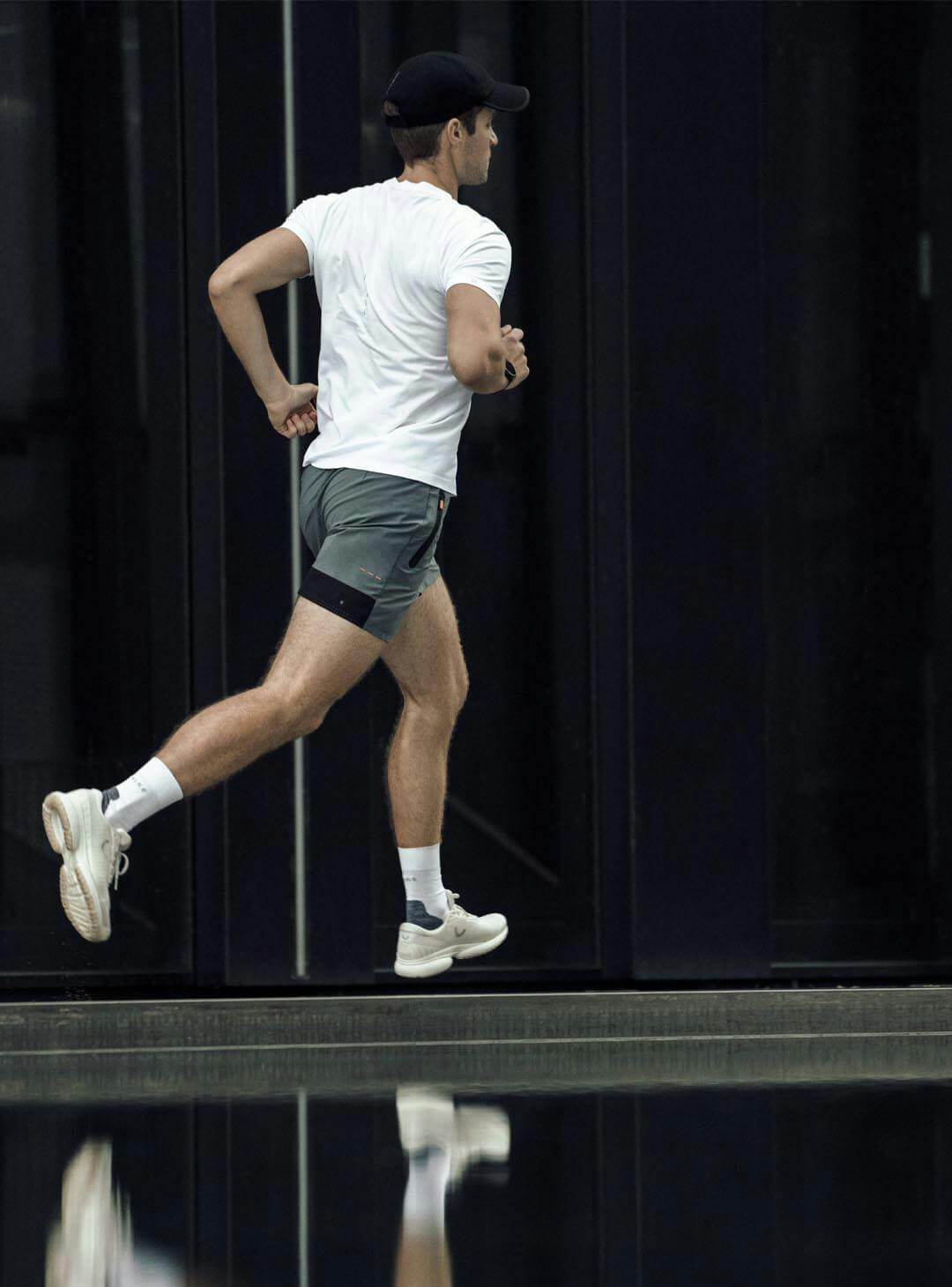
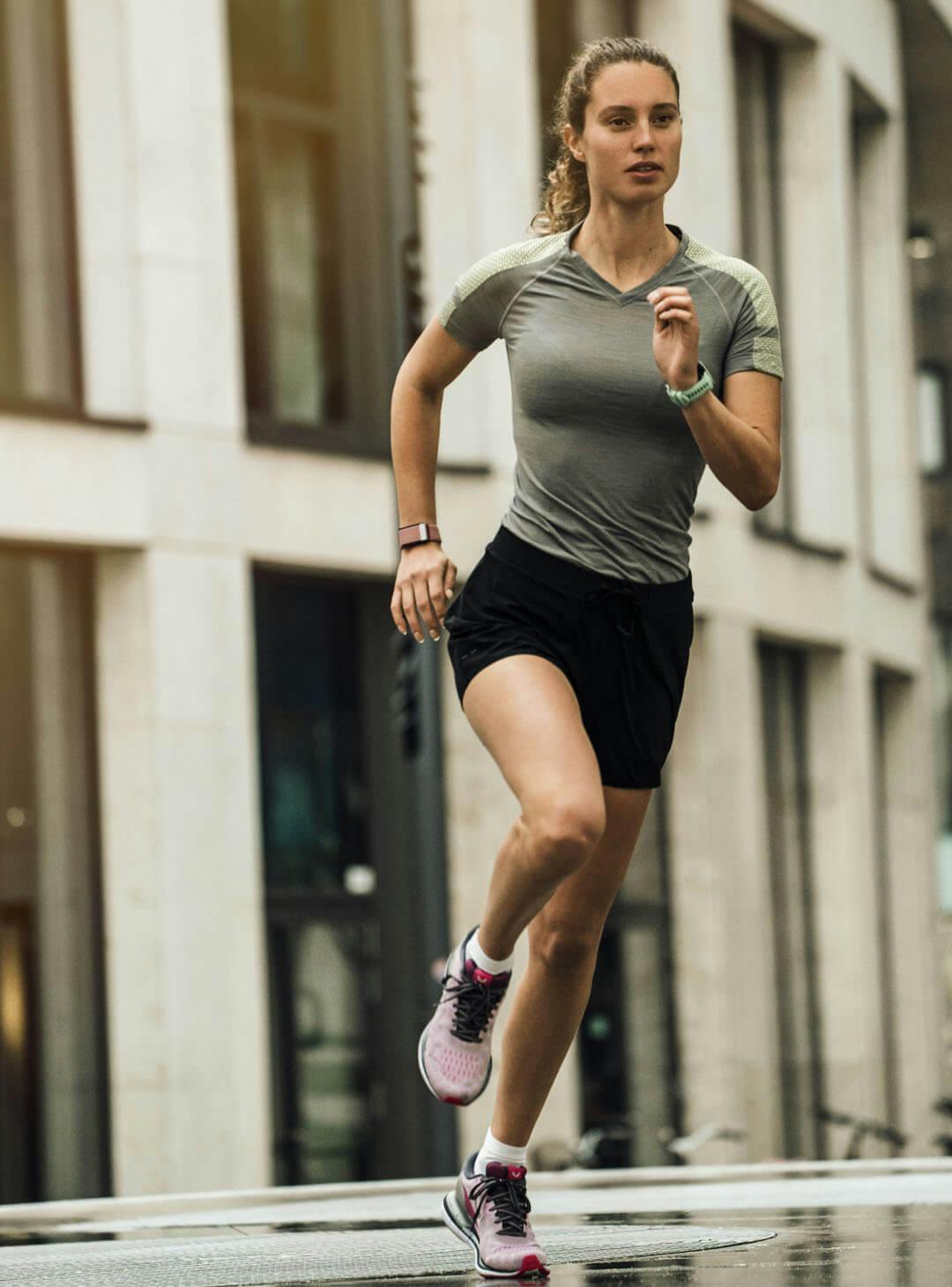
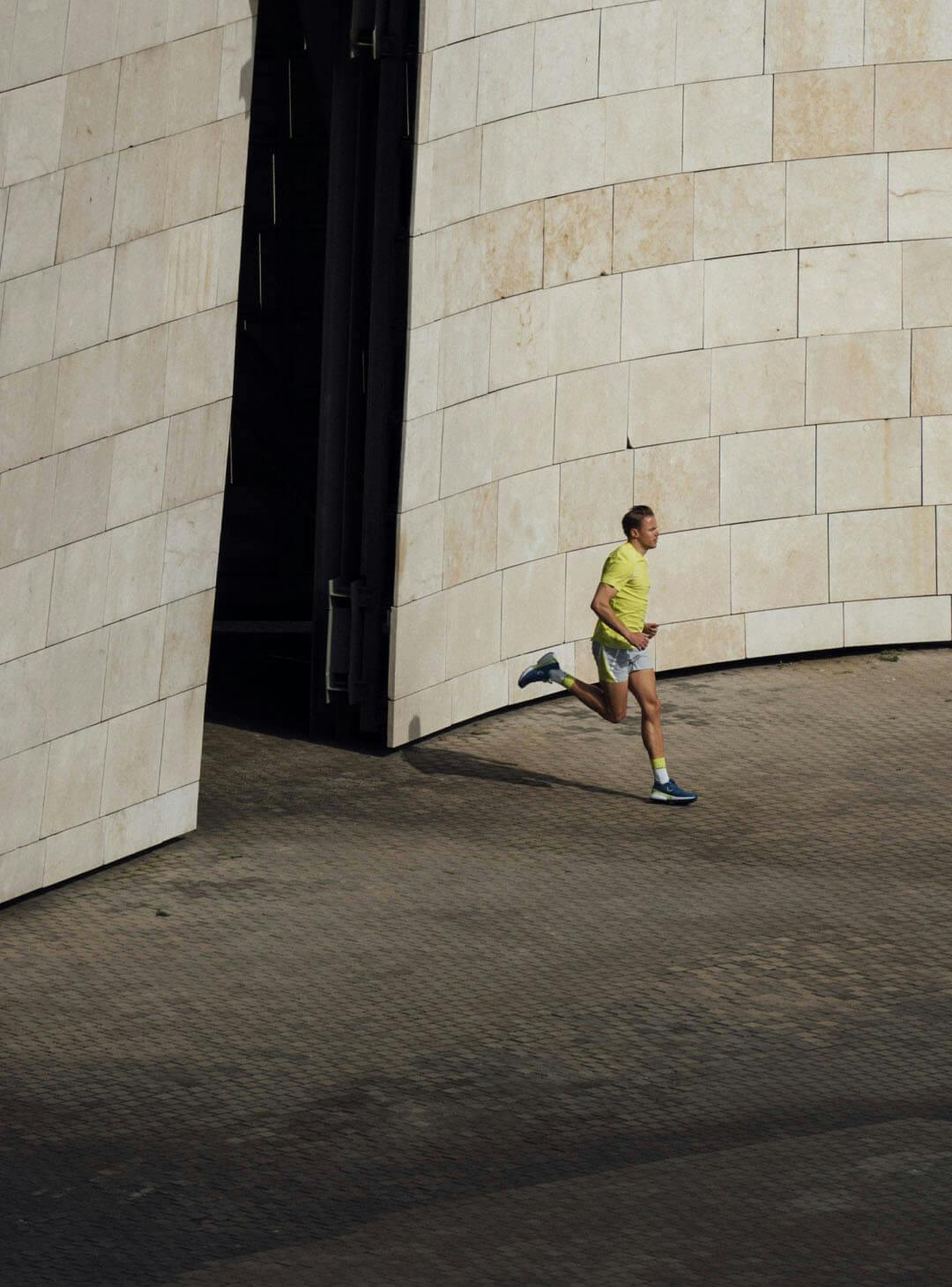
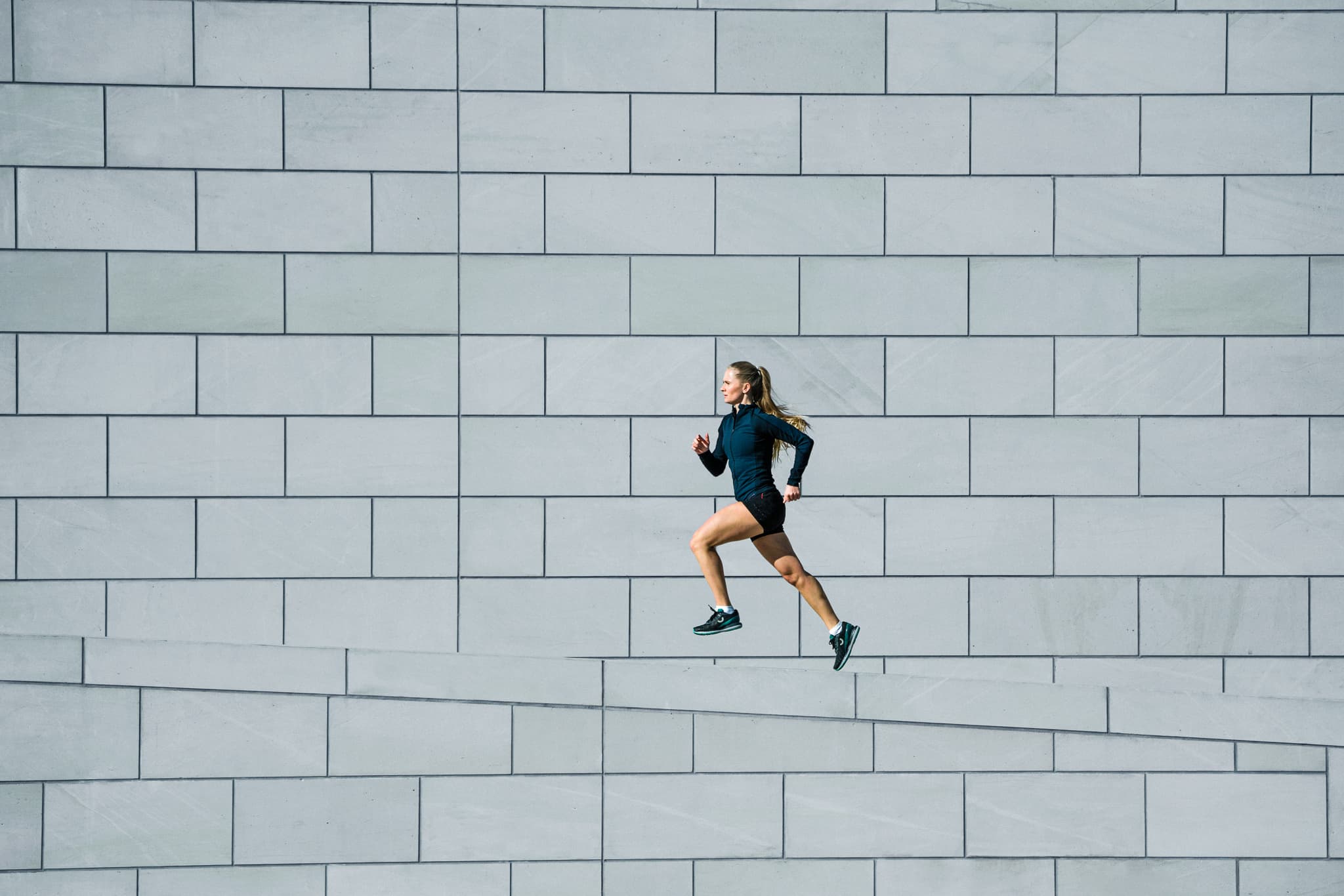
NEVER RUN OUT OF
NEWS
Discover all True Motion stories – and be the first to hear about new products, promotions and events. Simply, center your run!
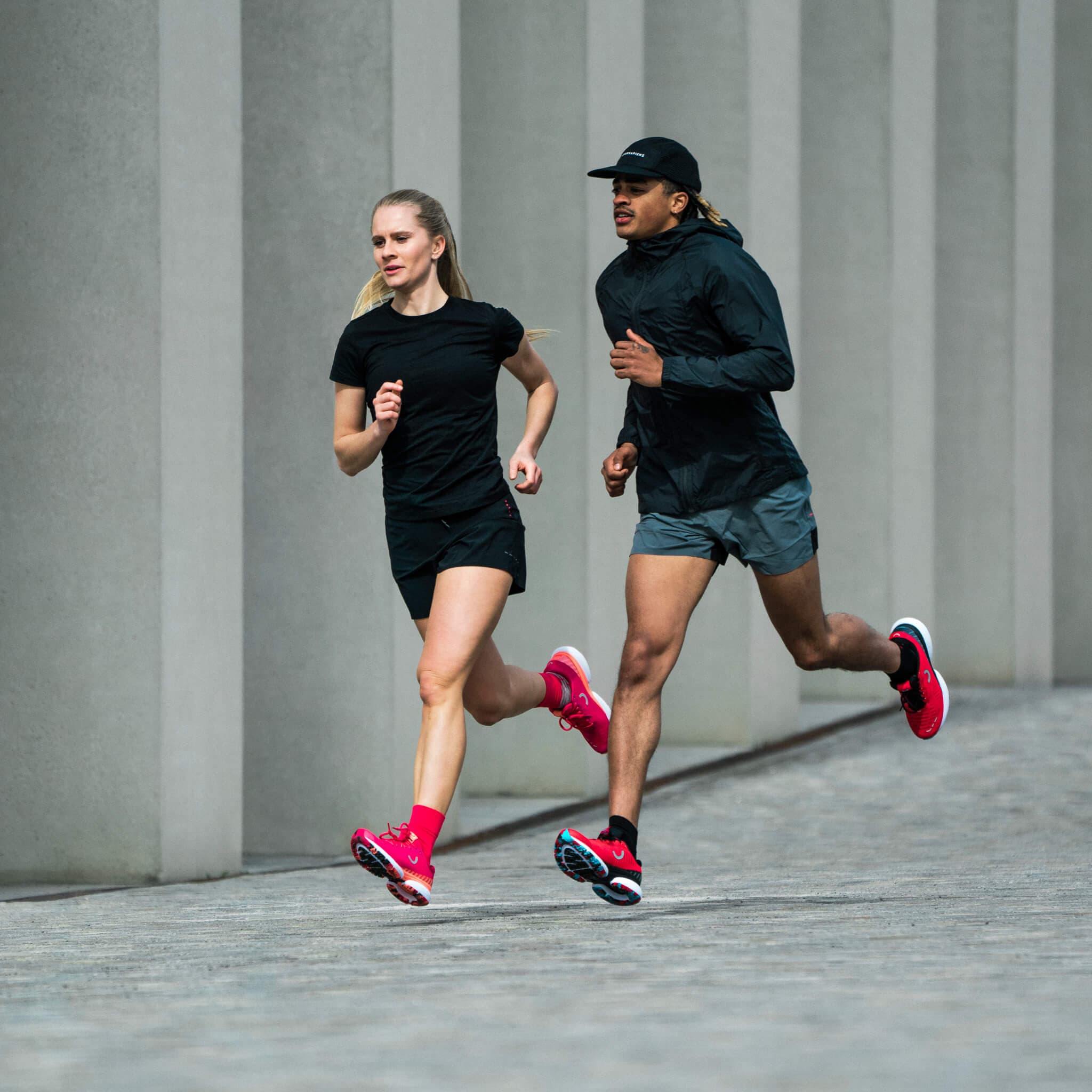
NEVER RUN OUT OF
NEWS
Discover all True Motion stories – and be the first to hear about new products, promotions and events. Simply, center your run!
RECOMMENDED BY








RECOMMENDED BY








NEVER RUN OUT OF NEWS
Discover all True Motion stories – and be the first to hear about new products, promotions and events. Simply, center your run!
SERVICE
ABOUT US
© 2023 True Motion Running GmbH

